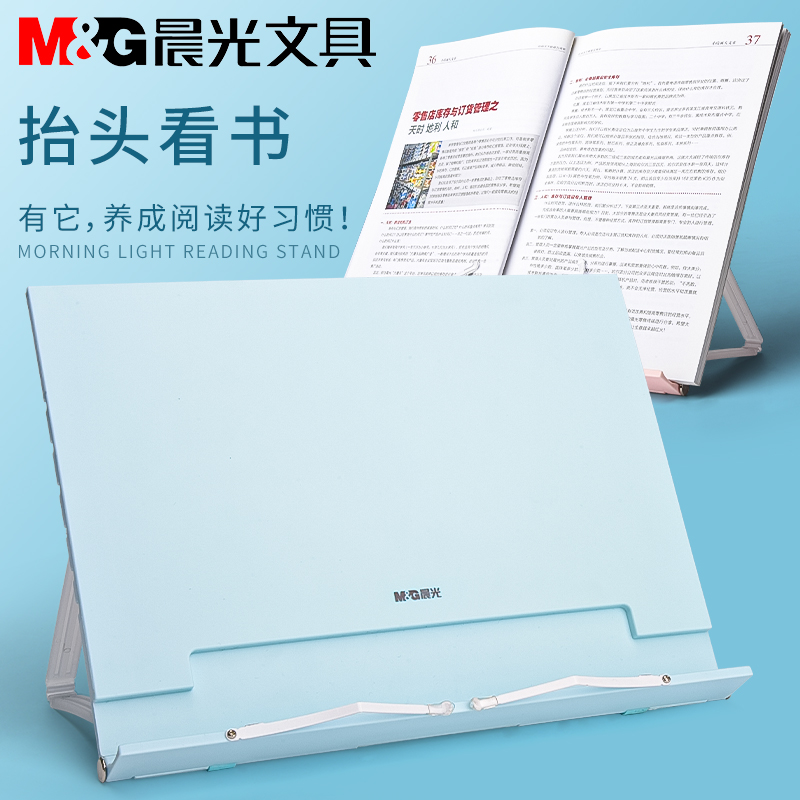儿童学习用品选购指南:让孩子们爱上学习
峎迥匞
2024-11-09 09:44:52
0次
**儿童学习用品选购指南:让孩子们爱上学习**
一、引言
作为家长或教育者,为孩子选择合适的学习用品是至关重要的。这不仅关乎孩子的学习效果,还可能影响他们对学习的兴趣和态度。那么,如何为孩子选购合适的学习用品呢?本文将为您提供一份详细的指南。
二、学习用品选购指南
1. 文具类
笔:根据孩子的年龄和书写需求,可以选择卡通图案的铅笔、水彩笔等,让孩子更加喜欢书写。同时,也可以选择具有人体工学设计的笔,使书写更加舒适。
橡皮擦:选择质地柔软、不易擦伤纸张的橡皮擦,避免因擦破纸张而影响孩子的书写信心。
作业本:选择纸张厚实、不易渗墨的作业本,可以让孩子在学习过程中更专心。
2. 教辅材料类
绘本:对于年纪较小的孩子,选择图文并茂、色彩丰富的绘本可以激发他们的阅读兴趣。
学习辅导书:根据孩子的学科需求,选择适合的辅导书,如数学练习册、英语绘本等。
3. 电子产品类
电子学习机:电子学习机集成了多种学习资源,可以帮助孩子系统地学习各个学科。同时,其互动性的特点也能激发孩子的学习兴趣。 平板电脑:对于稍大一些的孩子,可以选择平板电脑作为学习工具。通过下载教育类应用,孩子可以在轻松愉快的氛围中学习各个学科。 三、注意事项 1. 了解孩子的需求和兴趣:在选购学习用品时,要了解孩子的需求和兴趣,选择适合他们的学习用品。 2. 注重品质和安全性:在选购学习用品时,要关注产品的品质和安全性,确保孩子在使用过程中不会受到伤害。 3. 鼓励孩子自主选择:在适当的时候,可以让孩子参与选购学习用品的过程,这样不仅可以培养他们的决策能力,还能让他们更加珍惜自己的学习用品。 四、总结为孩子选购合适的学习用品是家长和教育者的责任。通过了解孩子的需求和兴趣、关注产品的品质和安全性以及鼓励孩子自主选择,我们可以为孩子提供合适的学习用品,让他们在快乐中学习、成长。
**Children's Learning Supplies Purchasing Guide: Making Learning a Hobby for Kids** Introduction: As parents or educators, selecting appropriate learning supplies for children is crucial. It not only affects their learning efficiency but also their attitude and interest in learning. So, how to choose the right learning supplies for children? This article provides you with a detailed guide.Learning Supplies Purchasing Guide:
1. Stationery Supplies: Choose cartoon-patterned pencils, watercolor pens, and other writing tools according to the age and writing needs of the child. This can make writing more enjoyable for them. Also, select human-engineered pens that are comfortable to write with. Rubber erasers: Choose soft rubber erasers that are not easy to scratch paper to avoid affecting the child's confidence in writing by erasing the paper. Homework notebooks: Choose thick and non-bleeding paper notebooks that allow children to focus on their learning process. 2. Educational Materials: Picture books: For younger children, choose picture books with rich colors and illustrations that can stimulate their interest in reading. Learning reference books: Select suitable reference books according to the child's subject needs, such as math practice books and English picture books. 3. Electronic Learning Tools: E-learning machines: E-learning machines integrate various learning resources and help children learn various subjects systematically. At the same time, their interactive features can also stimulate children's interest in learning. Tablets: For slightly older children, tablets can be used as learning tools. By downloading educational applications, children can learn various subjects in a relaxed and enjoyable atmosphere. Notes on Purchasing: 1. Understand the child's needs and interests: When purchasing learning supplies, understand the child's needs and interests to choose suitable learning supplies for them. 2. Pay attention to quality and safety: When purchasing learning supplies, pay attention to product quality and safety to ensure that children will not be harmed during use. 3. Encourage children to choose independently: At appropriate times, allow children to participate in the process of selecting learning supplies so that they can develop decision-making skills and cherish their learning supplies more. Conclusion: It is the responsibility of parents and educators to select appropriate learning supplies for children. By understanding the child's needs and interests, paying attention to product quality and safety, and encouraging children to choose independently, we can provide them with suitable learning supplies and enable them to learn and grow in happiness.相关内容
热门资讯
多种类型学习用品深度解析
本文深度解析了多种类型学习用品,包括文具、电子设备、图书、益智玩具和专业用品等,阐述了它们在学生日常...
提升阅读体验的阅读架大赏
本文介绍了提升阅读体验的阅读架,包括简约实用、多功能、复古风格和智能阅读架等类型,强调了它们在提供舒...
打造高效学习环境:阅读架和必备...
选择合适的阅读架和必备学习用品是打造高效学习环境的关键。轻便耐用、可调角度的阅读架和笔纸、电子设备等...
学生党必看:物美价廉的学习用品...
学生党必备:推荐物美价廉的笔记本、笔、荧光笔和计算器等学习用品,以及桌面阅读架和折叠式阅读架等实用阅...
探索学习用品的秘密:阅读架与各...
摘要:本文探讨了阅读架与各类学习工具的搭配使用,如纸质书籍与阅读灯、电子设备与防蓝光膜等,以及它们如...
学习用品大揭秘:多功能阅读架如...
多功能阅读架:学生必备的实用学习工具。通过支撑书本、调节角度及防疲劳设计,成为学生好伙伴,提升学习效...
儿童学习用品与阅读架的选购技巧
选购儿童学习用品和阅读架需考虑年龄、材质、功能、耐久性及兴趣等,确保安全实用。阅读架要选稳定、舒适、...
传统与现代:不同年代的学习用品...
本文回顾了传统与现代学习用品和阅读架的演变历程,从铅笔、纸张到电子设备,反映了科技进步与人类对知识的...
学习用品与阅读架的搭配使用,提...
搭配学习用品与阅读架,提升学习效果。选择合适用品,利用阅读架调整角度防疲劳。纸质、电子阅读均可搭配,...
你的学习好帮手:多功能阅读架与...
多功能阅读架与学习用品是学习者的好帮手,它们具有多种功能,如角度调节、稳定性强、兼容性强等,能提高学...



